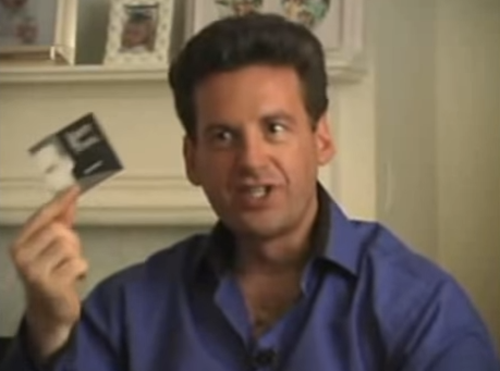Your folio presentation is CRAP!
Presenting work is something most designers struggle with.
Whether it’s because we think our work will do the talking for us, or can’t empathise with anyone that doesn’t revere our taste in fonts, there’s no doubt that “presenting is a core design skill″ that many of us have not mastered.
Mike Montiero argues that it’s “not possible to be a good designer if you can’t present your work to a client. Work that can’t be sold is as useless as the designer who can’t sell it.”
Clients are one thing, but in the context of a job interview, things go a little differently. Based on my experiences, I’d like to share a few tips on how to present work to a potential employer.
1. Don’t assume anyone has a dongle for your iPad.
Don’t assume your device will be charged, hold a charge, connect to the internet, turn on, or even be in your backpack.
2. Assume your work will be projected.
If it works on a wall, it will work even better on an iPad, or a google hangout. Clear off unnecessary words, titles and ornaments. Show your work for what it is.
3. Know your work.
If you don’t, edit down to a few memorable projects that you know inside out. To practice, get a friend to point at random elements in your work and ask “why did you do that?” You have to be able to answer any questions about your design decisions.
4. Practice Pecha Kucha (ペチャクチャ)
The principles behind Pecha Kucha are a great reference for building a slide deck. 20 slides, 20 seconds each. Instead of auto-advancing slides, allow for questions at any moment, and think of your presentation as separate chunks, connected by a thread of logic, rather than one continuos stream.
5. This is not show and tell
If you’ve already sent a prospective employer a folio, that’s the stuff you won’t be showing. Instead, find interesting components that will allow you to really sell yourself and your ability to solve problems. Through this lens, lush photos of business cards and angled iPhone apps don’t make much sense. It’s much easier to sound vain, boring, and useless when you’re describing a pretty picture.
6. Don’t Lie
We all know that design is team sport, and it makes no sense to take all the credit yourself. If there were other designers involved, say it. If the project took a turn on the whim of a client, say it. Talk about the role you played, name check anyone else important and explain the design process from start to finish.
7. Stay on course
None of this advice will help you if you forget your raison d’être, to get a job. Be confident, because this time _y__ou_ are the presentation.
“If you’re not on your side, why should anyone else be?” - Iron Man
